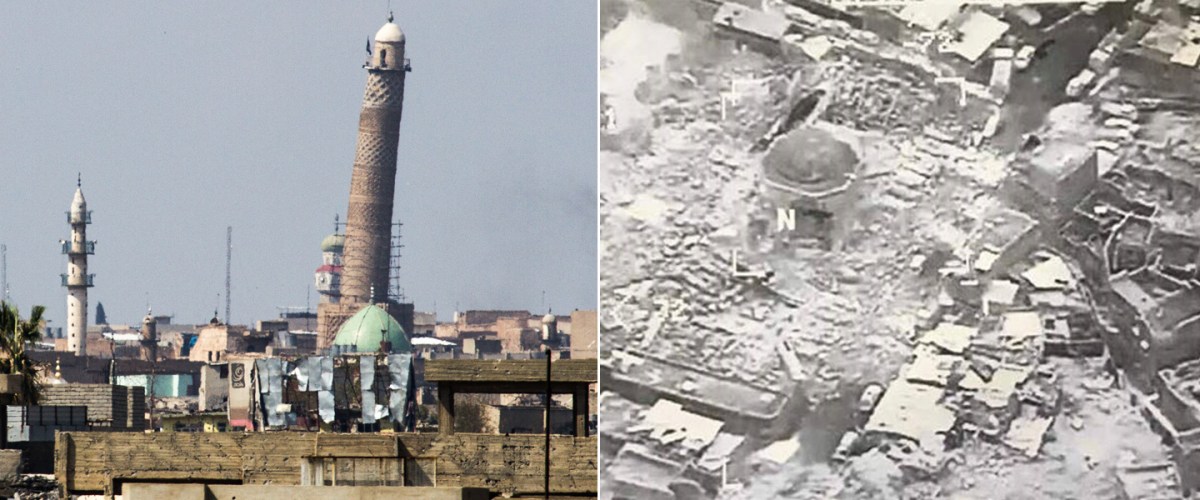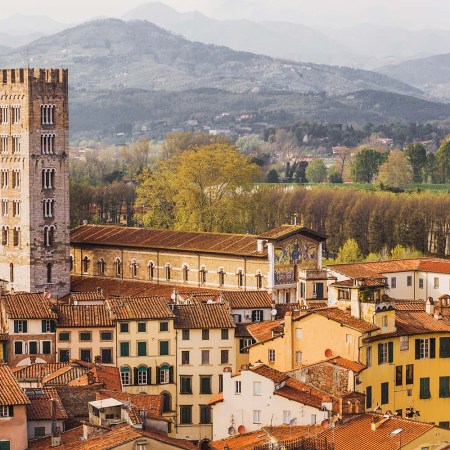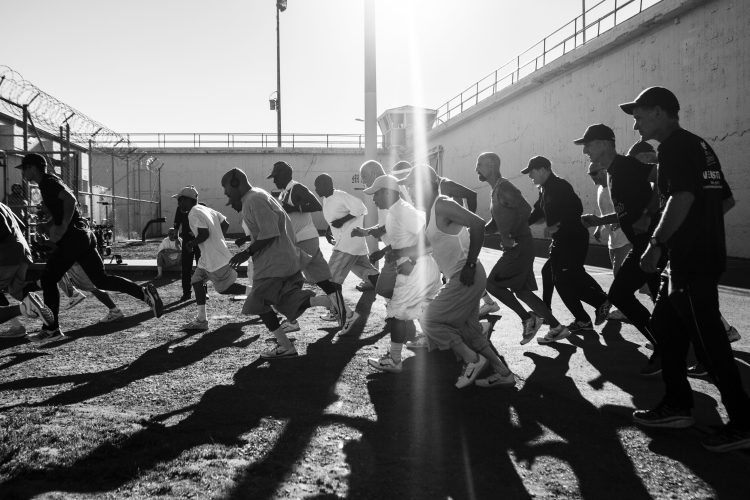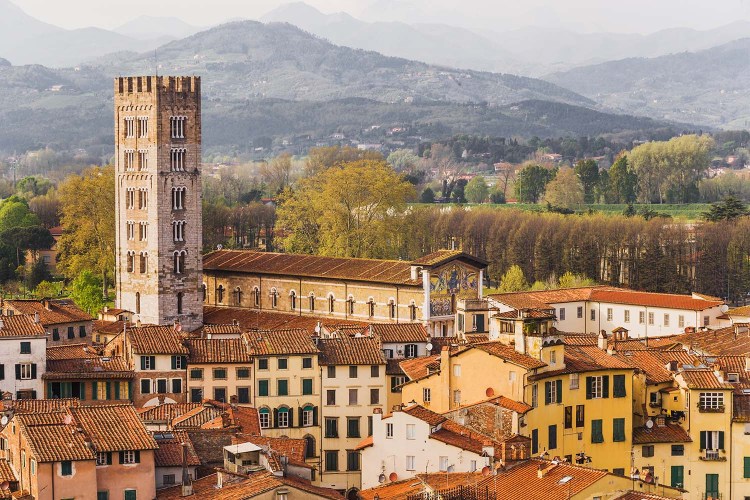The Middle East has a deep roster of priceless treasures from early civilizations. Recently, however, it has also been wracked by extreme conflict. As violence threatens more of this region’s greatest historical monuments, we look back at what has already been lost as a by-product of war.
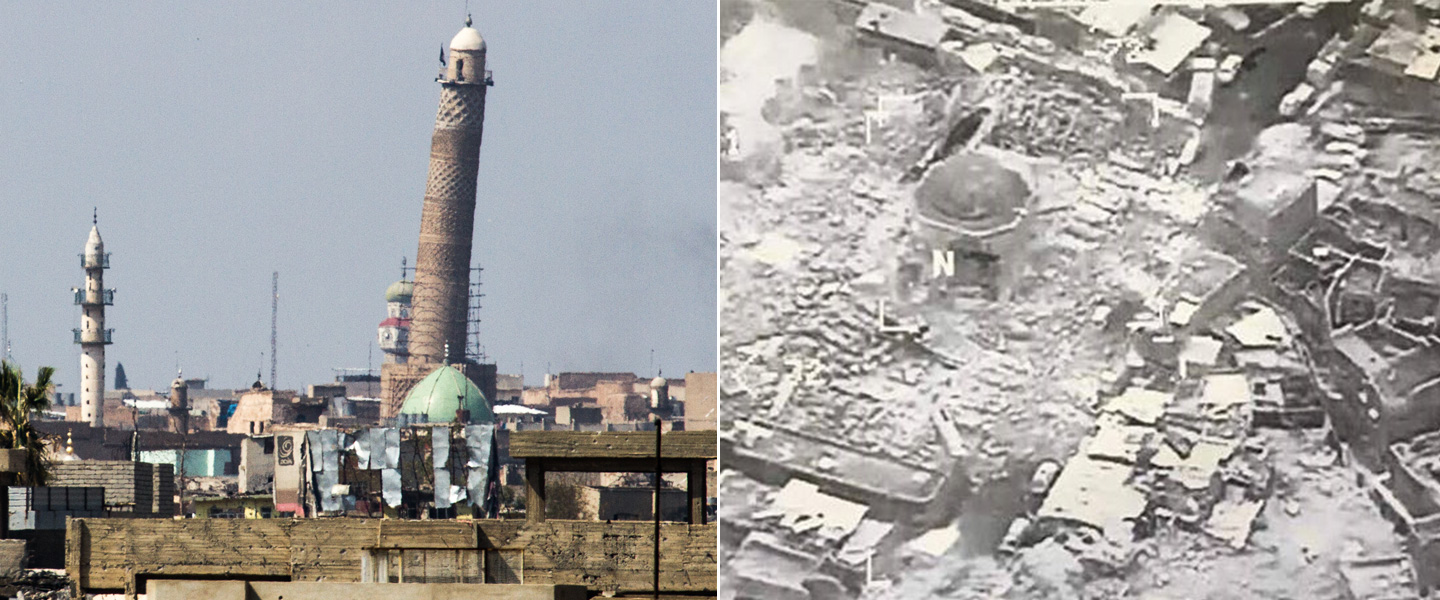
Great Mosque of Al-Nuri: Located in Mosul, Iraq, this mosque was famous for its leaning minaret. History says that the mosque was first built in the late 12th century, but it underwent many renovations over the years. It was destroyed by ISIS on June 21, 2017 during the Battle of Mosul. Iraqi troops say that it was a spiteful move by ISIS to destroy the building rather than let it be used as a symbol of their defeat.
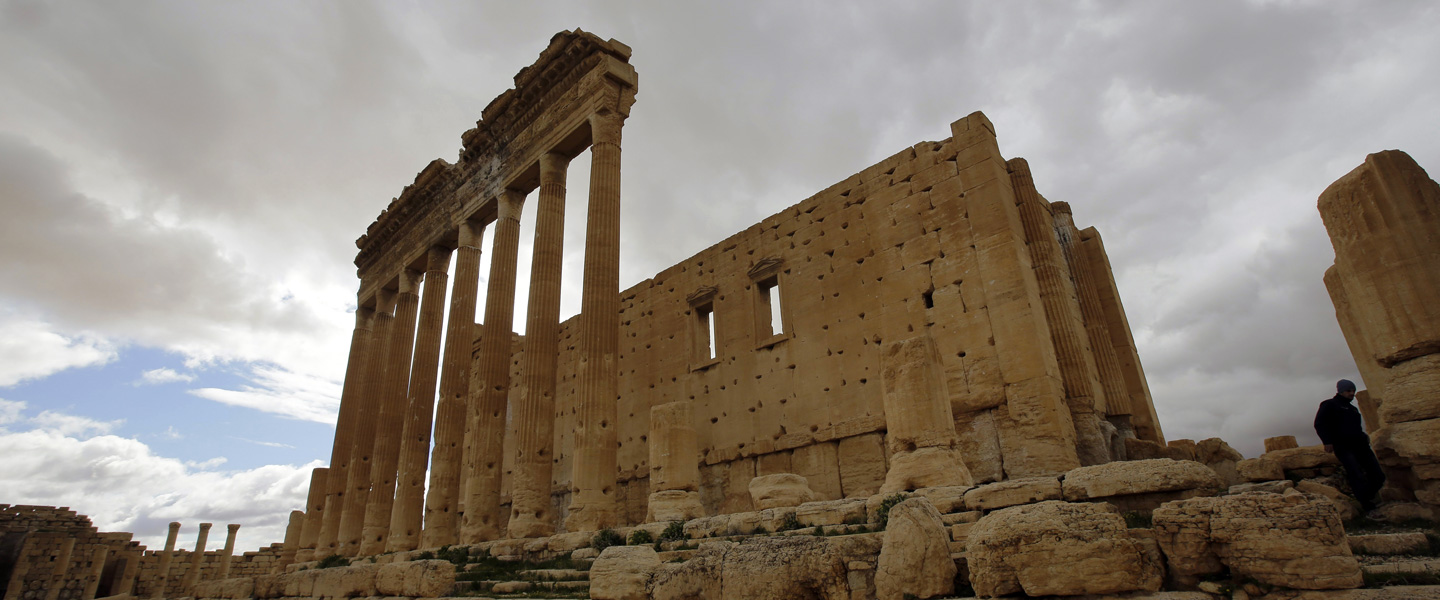
Palmyra, Syria: This Aramaic city has stood since the second millennium B.C.E. and featured some of the most advanced architecture of the period. The city evolved through both the Greco-Roman and Persian periods, which helped provide unique insight into those cultures. ISIS now controls the ancient city and has destroyed shrines, temples and monuments.
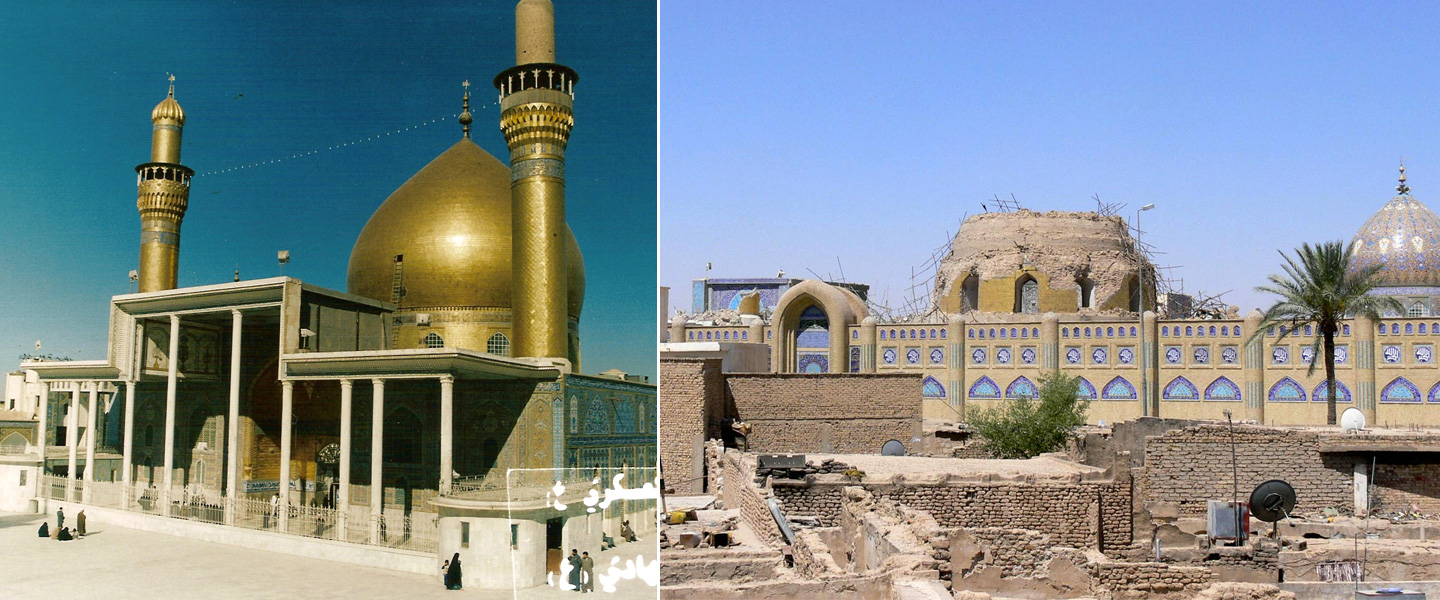
al Askari Mosque, Iraq: This is one of the holiest sites in Shi’ite Islam. It had two ten-story minarets. First bombed in 2006, which destroyed the golden dome, the mosque was bombed again in June 2007 by the Iraqi Baath Party, destroying both minarets. However, by April 2009, the minarets were both replaced.
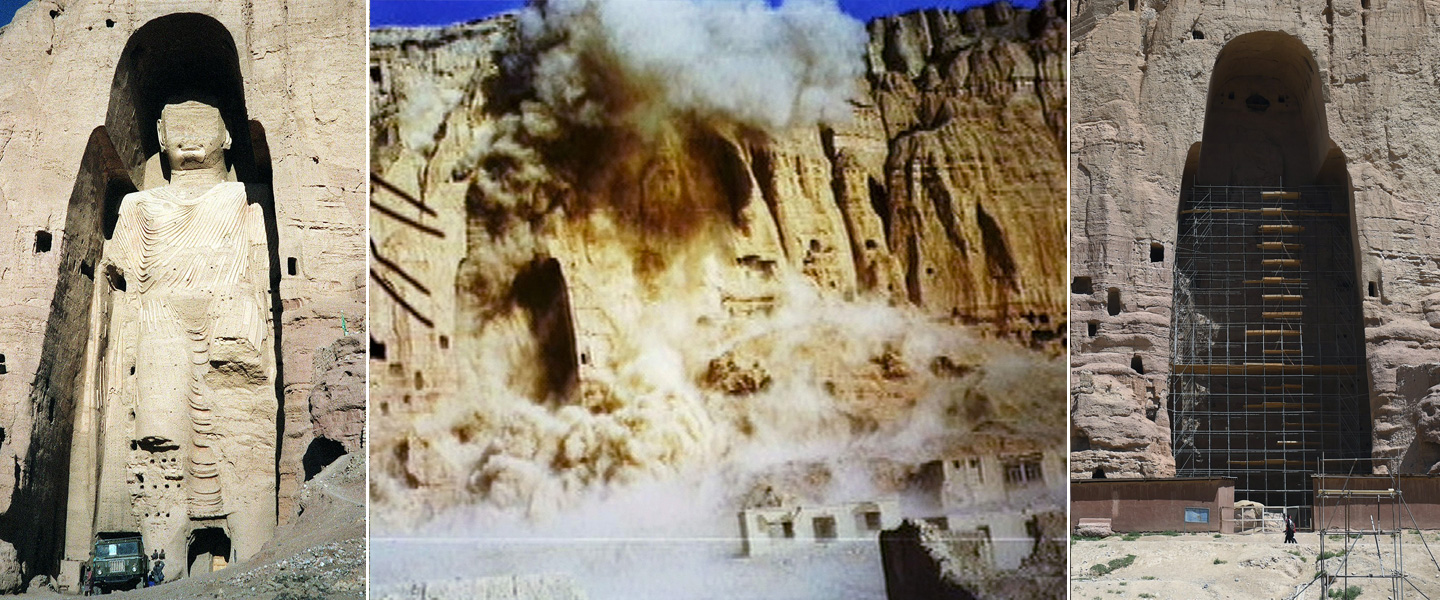
Buddhas of Bamiyan: Found in Afghanistan and carved out of sandstone, these are among the tallest standing Buddhas in the world—the larger one measured 53 meters, the other 35. They stood for over 1,500 years before being destroyed by dynamite by the Taliban.
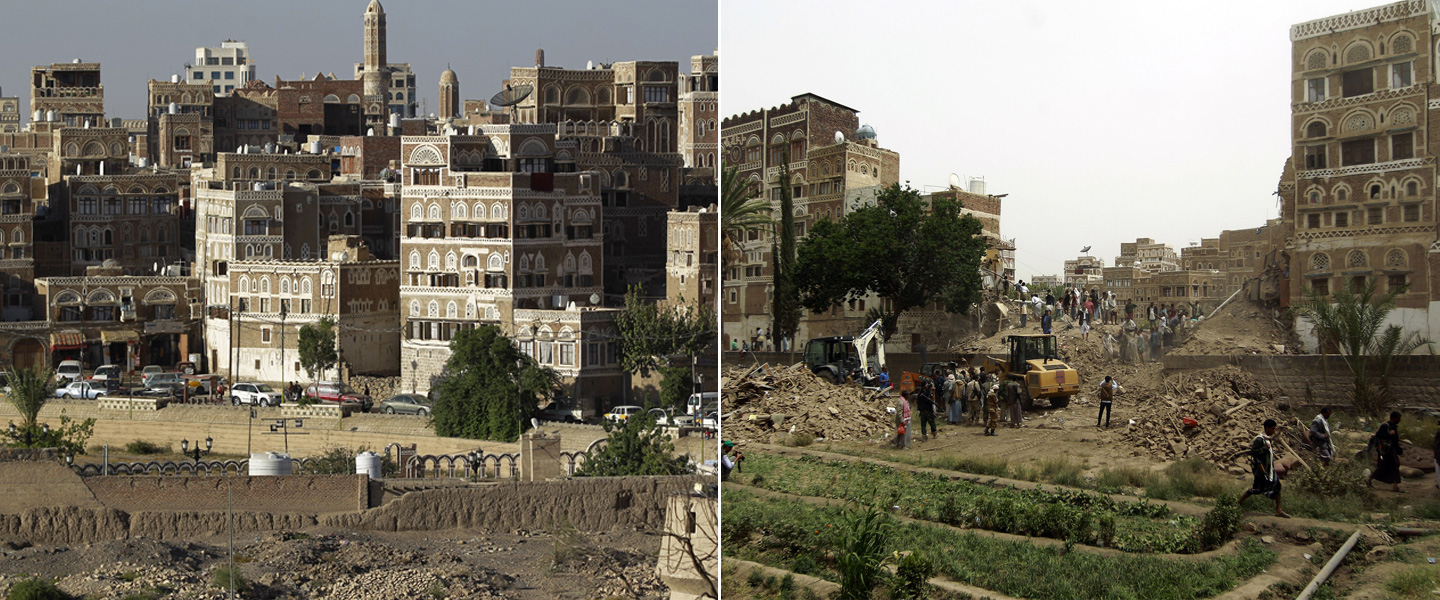
Sanaa old city, Yemen: Sanaa, the capital of Yemen, has endured numerous ISIS suicide bombings and countless air strikes by the Saudi-led coalition. However, it is unclear who is responsible for the damage that affected the old fortified city and the archaeological site of the pre-Islamic walled city of Baraqish. The old city was added to UNESCO’s World Heritage List in 1986.
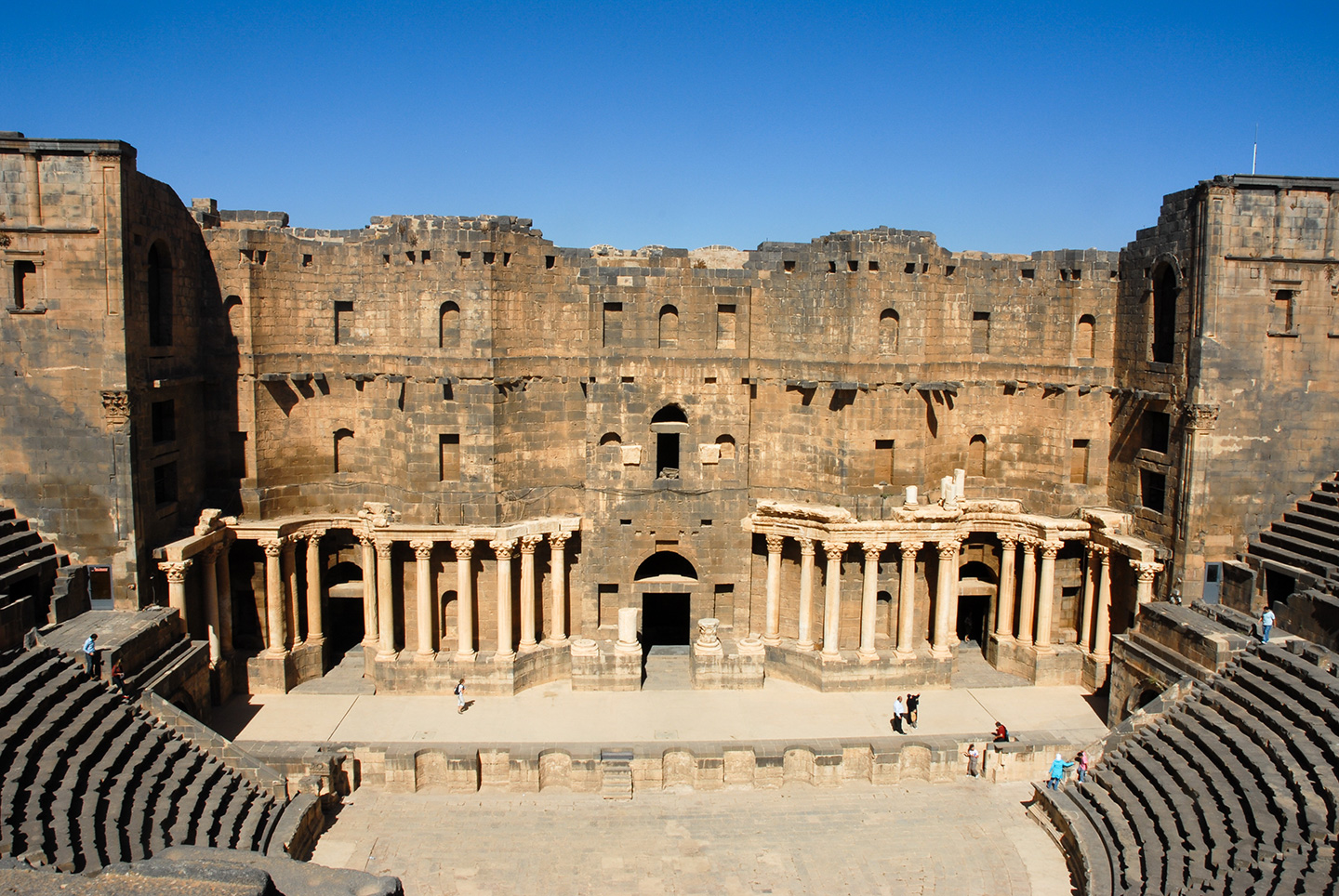
Ancient city of Bosra, Syria: This city was inhabited for 2,500 years, and became the capital of the Romans’ Arabian empire. The centerpiece of the city was a Roman theater dating back to the second century B.C.E. It survived intact until the current civil war. Archeologists have revealed that the site is now severely damaged from mortar shelling.
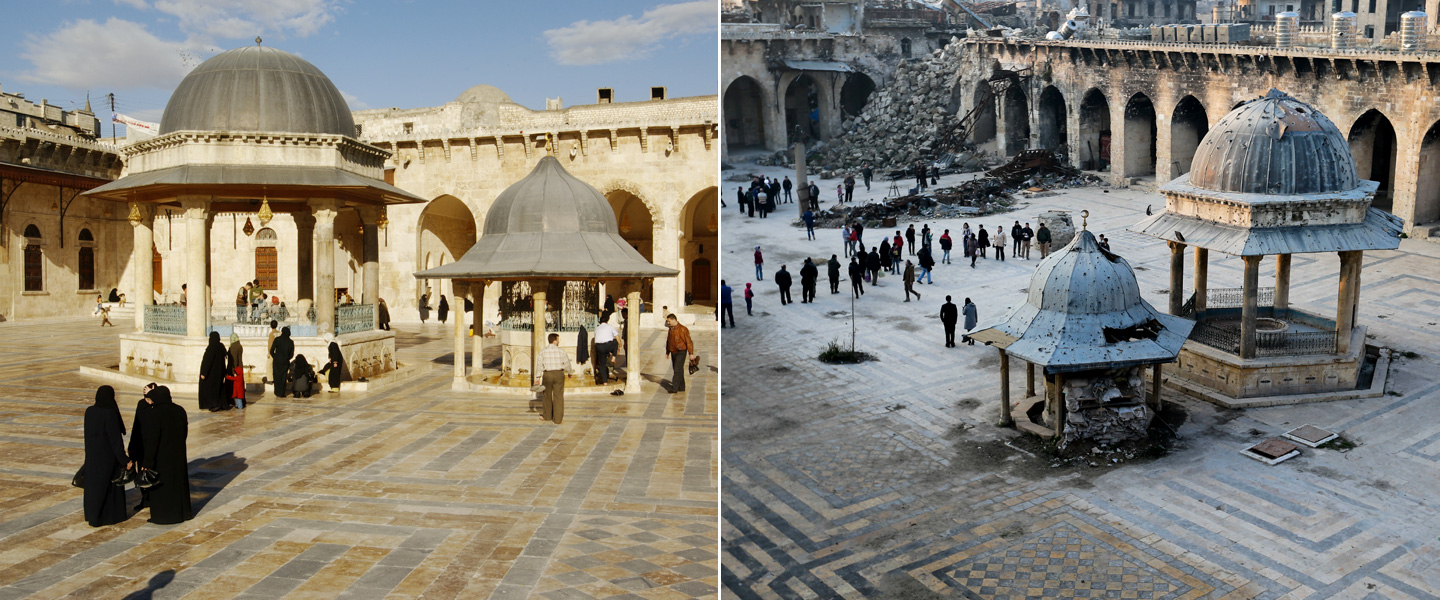
Great Mosque of Aleppo, Syria: Built in 715 A.D. by the Umayyad dynasty, Aleppo’s Great Mosque was ranked among the oldest mosques in the world. It also had a famous minaret, which was added in the late 11th century. Unfortunately, the minaret was reduced to rubble in the Syrian civil war in 2014, and the structure suffered serious damage to the walls and courtyard. Historians have described this as the worst blow to Syrian historical heritage.
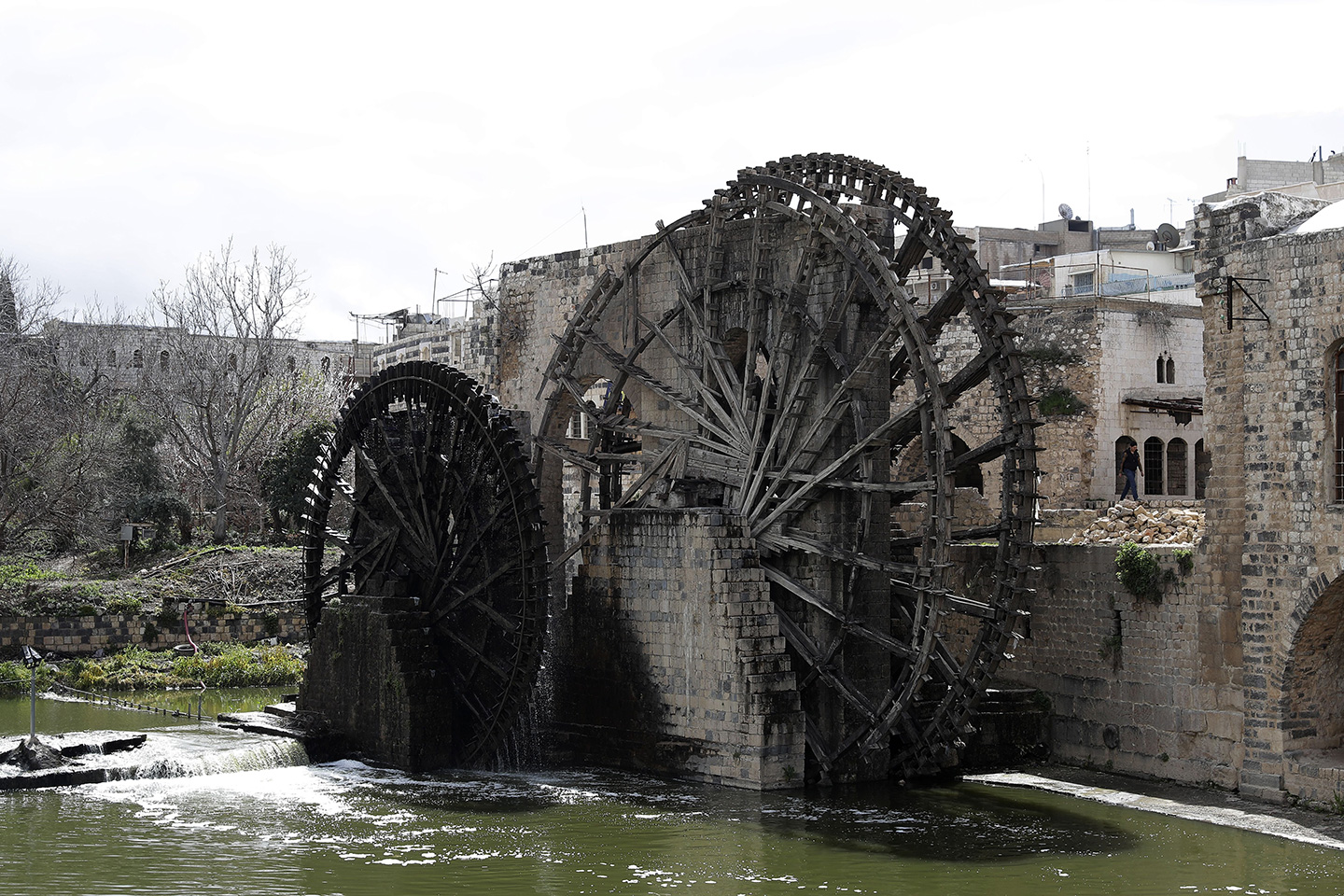
Norias of Hama, Syria: These 20-meter wide water wheels were first documented in the 5th century, A.D. They represented an early irrigation system and became Hama’s primary tourist attraction. Seventeen of the wooden machines survived to present day but heritage experts documented several wheels being burned by fighters in 2014.
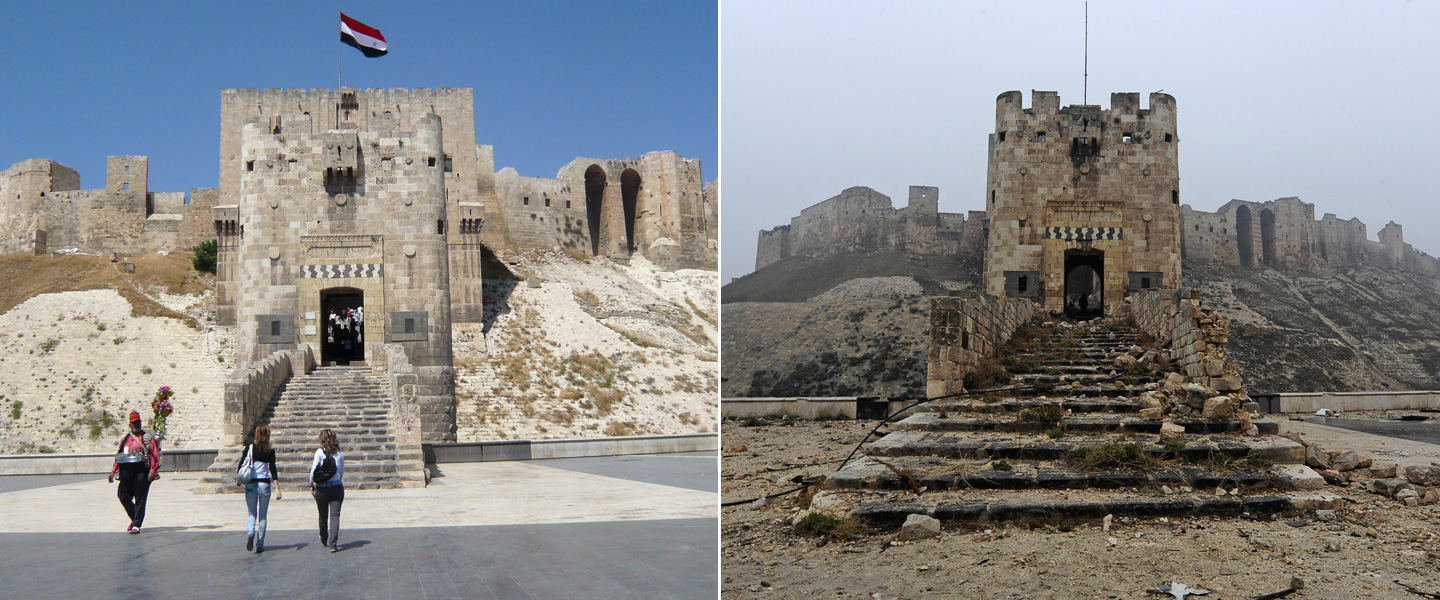
Citadel of Aleppo, Syria: The fortress survived four millennia, from Alexander the Great, through Roman, Mongol, and Ottoman empires. It is one of Syria’s most popular World Heritage sites and it has barely changed since the 16th century. However, the citadel was used as an army base in recent fighting and several of its historic buildings have been destroyed.
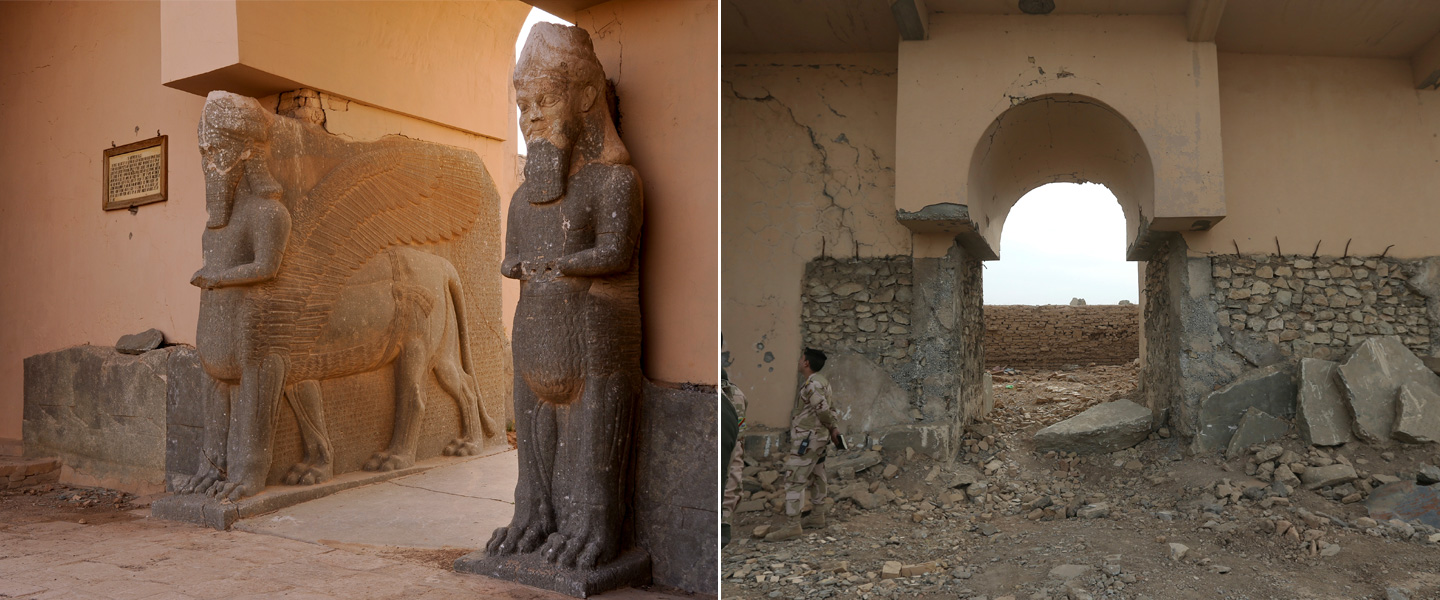
Nimrud, Iraq: This ancient city was home to countless treasures of the empire, including statues, monuments and jewels. The site has been devastated by looting following the 2003 invasion. Many of the stolen pieces have found homes in museums abroad.
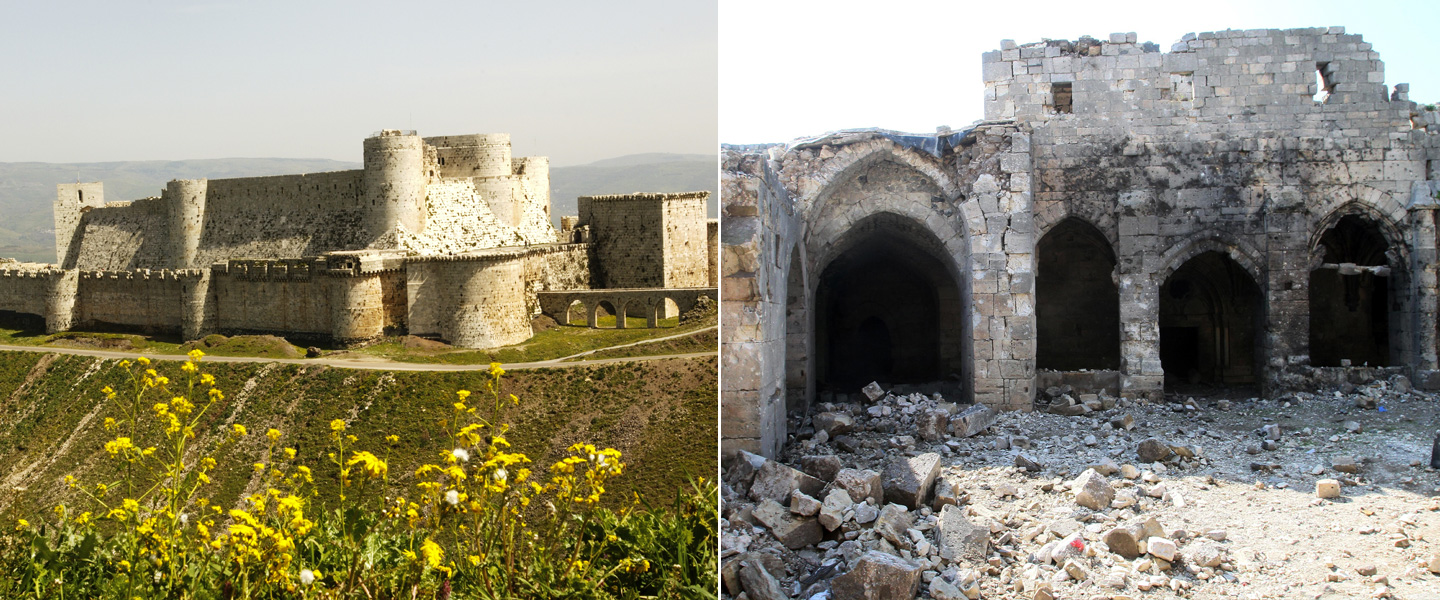
Crac des Chevaliers, Syria: This Crusader castle from the 11th century survived centuries of battles and natural disasters. It became a World Heritage site in 2006 along with the adjacent castle of Qal’at Salah El-Din. In 2013, the walls were severely damaged by regime airstrikes and artillery. Rebels then took positions within it, drawing more fire to the site.
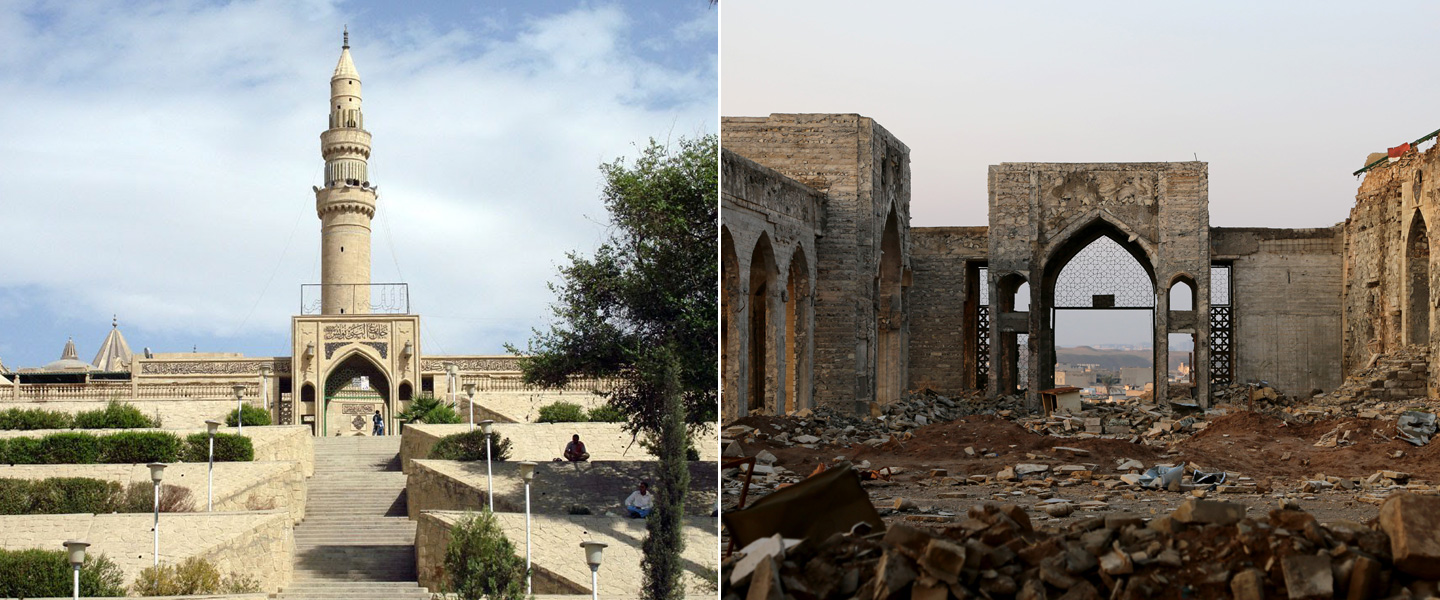
Jonah’s Tomb, Iraq: Dating back to the 8th century B.C.E., this is the purported resting place of biblical prophet Jonah, along with a tooth believed to be from the whale that consumed him. It had been of great importance to both Christian and Muslim faiths. In 2014, ISIS militants blew it up entirely as part of their campaign against perceived apostasy.
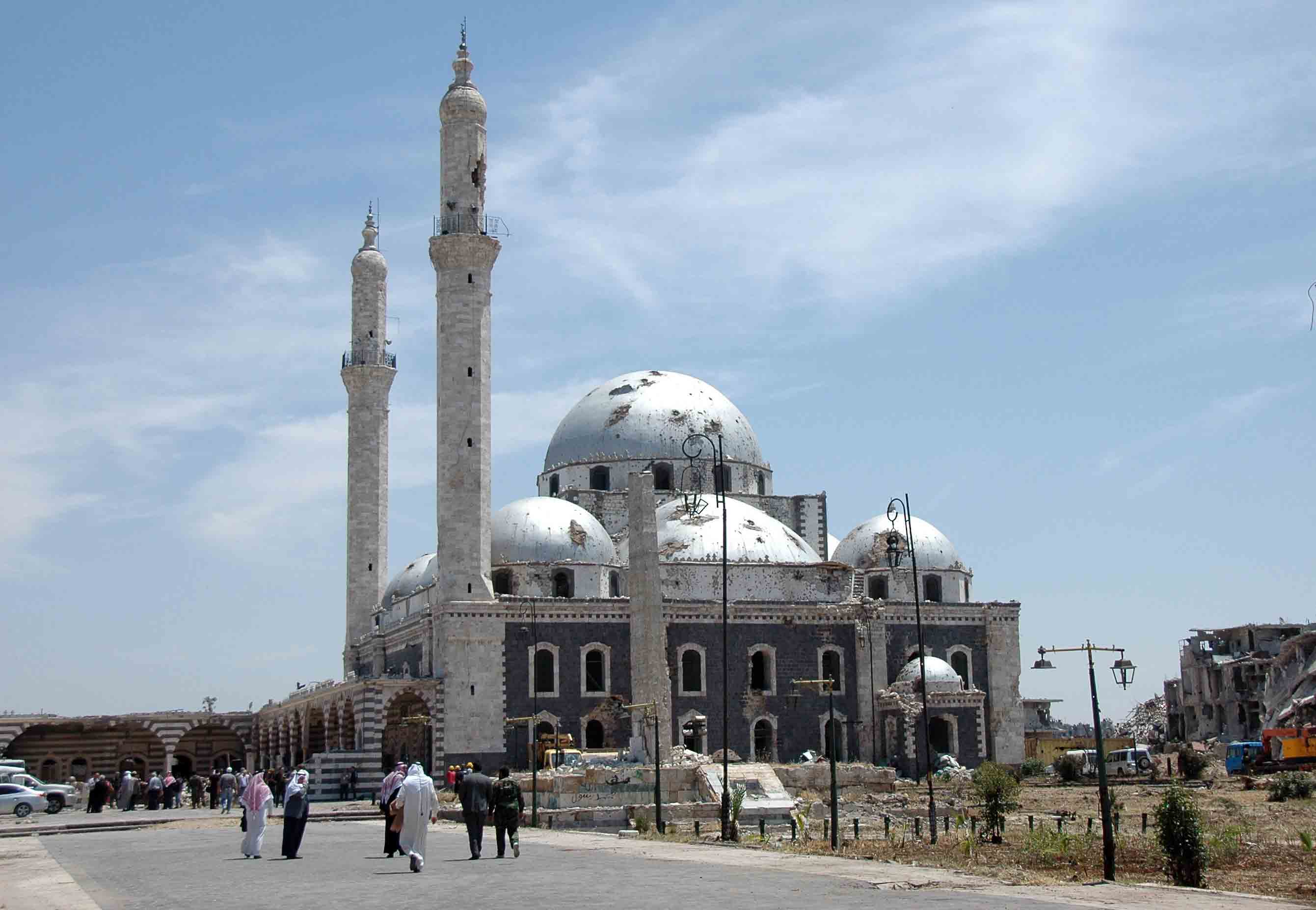
Khaled Ibn Walid Mosque, Syria: This is among Syria’s most famous Ottoman-style mosques. It became a hub of the battle for Homs, itself a front-line of the conflict. The mausoleum has been completely destroyed, and much of the interiors burned.
This article was featured in the InsideHook newsletter. Sign up now.
